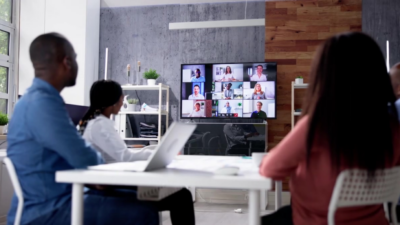Construction and development activity in and around Center City Philadelphia is robust. High profile projects like the highly anticipated Schuylkill Yards, FMC Tower at Cira Centre South, and Comcast’s Innovation and Technology Center will change the face of Philadelphia’s skyline as we know it. The level of economic growth and optimism in the city is clearly evidenced by the abundance of cranes towering over the CBD and University District, and springing up across the river in Camden, New Jersey. The roar is loud and the excitement is palpable!
But there’s another area of the city—overlooked in all the bustle—that has begun quietly humming with investor interest as well. Tucked among inner city neighborhoods, abandoned industrial buildings, and blighted land, a major hot pocket is set to emerge. The area—referred to as the Spring Arts District—is in Philadelphia’s Callowhill neighborhood, and its impending rebirth is a result of two key events: 1) a City rezoning change; and 2) a rail-to-trail conversion project of a strategically located abandoned rail line into an elevated urban park.
Rooms with a View
The rezoning change occurred in late 2015 and affects eight square blocks encompassing 2nd Street to the East, 6th Street to the West, Callowhill Street to the South and Spring Garden Street to the North. Changed from I-2 Industrial to CMX3, the area is now open to residential, commercial and office development. This is still one of the least densely occupied areas in the city, smack between two of the hottest neighborhoods—Northern Liberties and Old City. Perhaps even more significant, however, is a “bonus building height” allowance for a slice of land between Willow Street and Callowhill, that lifts building height restrictions to as high as 300 feet (approximately 30 stories). This will set the stage for some spectacular new development providing uninterrupted, breath-taking 360 degree views of the city and will bring retail and office into the mix.
Ride the rail
The rail-to-trail conversion project, known as the Viaduct Rail Park, will transform a three mile linear stretch of the former elevated Reading Viaduct and Reading Railroad lines into an active green pedestrian walkway. It will connect diverse communities from the Callowhill and Ludlow neighborhoods to the Parkway and Fairmount Park. Phase One of the first 1/4 mile stretch is already approved. Inspiration for the Viaduct Rail Park comes from the wildly successful New York City High Line, which increased real estate activity and stimulated investment in the immediate neighborhoods.
“There’s a symbiotic relationship between renovating the rail tracks and renovating the older buildings around it,” says Paul Levy, President and CEO of the Center City District. “It’s the hole in the donut!”. The Center City District and Friends of the Railpark, a 501(3)(c) nonprofit organization, are driving the project, raising the capital and, ultimately will be responsible for its stewardship.
Wide Awake
Smart investors are paying attention. An adaptive reuse project is already underway near the proposed Park. At 990 Spring Garden Street, a 7-story, 160,000 rentable square-foot building located on the Southeast corner of Spring Garden Street and N. 10th Street will be converted into open office suites and retail. Nearby, developers are formalizing plans for the former Haverford Cycle building at 448 N. 10th Street.
This urban environment of old industrial buildings will likely attract creative and tech-savvy start-ups, incubators, and entrepreneurs. What was formerly a sleepy section of the city will soon be alive with activity as it experiences Philly’s next wave of development.
This post originally appeared in the Colliers Philadelphia Insight blog.
Michael is Senior Managing Director of Colliers International in Philadelphia. He has been with Colliers for 35 years and is an expert on development properties in the Philadelphia CBD, including waterfront development and land sales for urban residential development. He has been involved in the leasing and sale of industrial, office, and retail real estate and in the tristate area.

 Michael Barmash
Michael Barmash

 Anthony Shell
Anthony Shell
 Andrew Steele
Andrew Steele
 Aaron Jodka
Aaron Jodka Michelle Cleverdon
Michelle Cleverdon